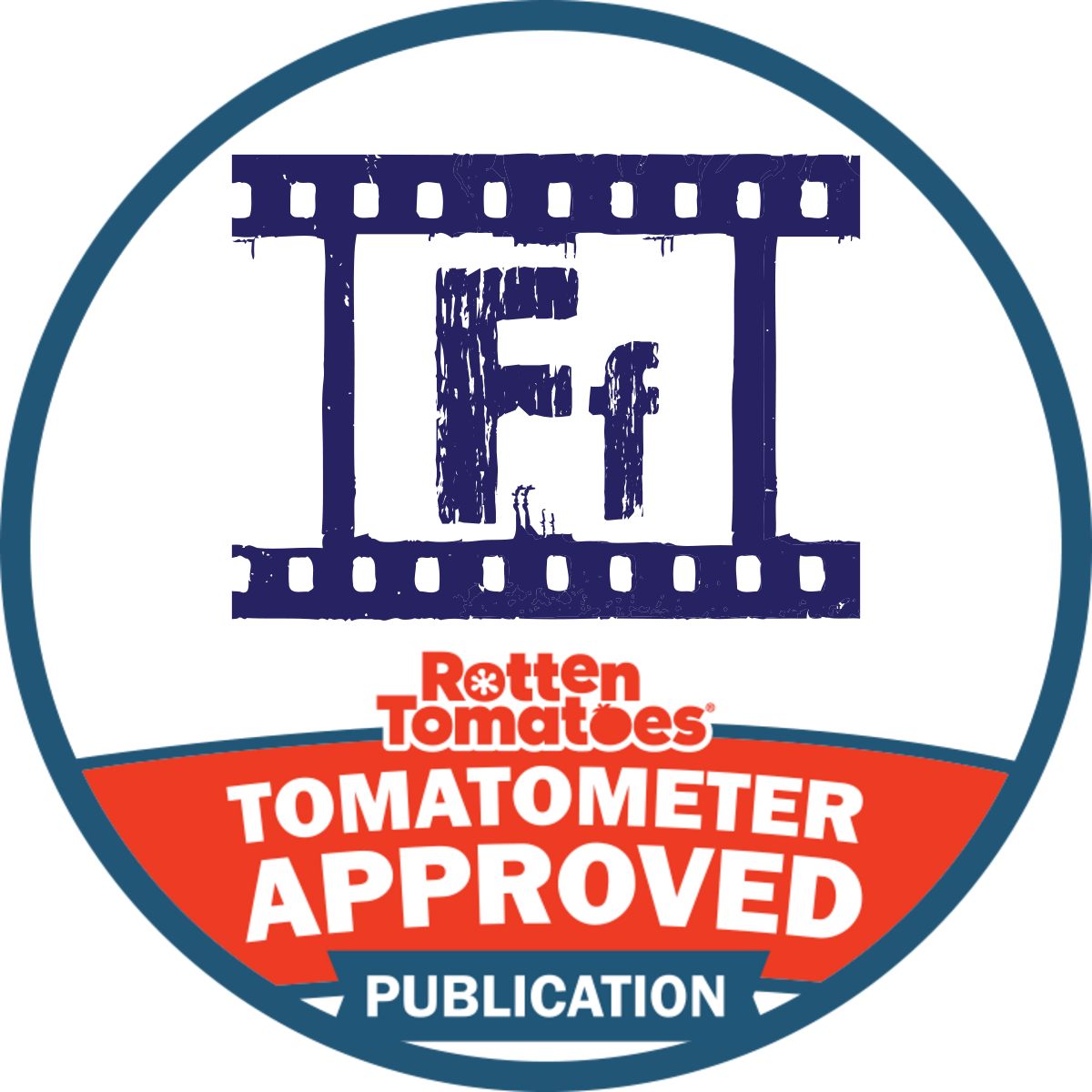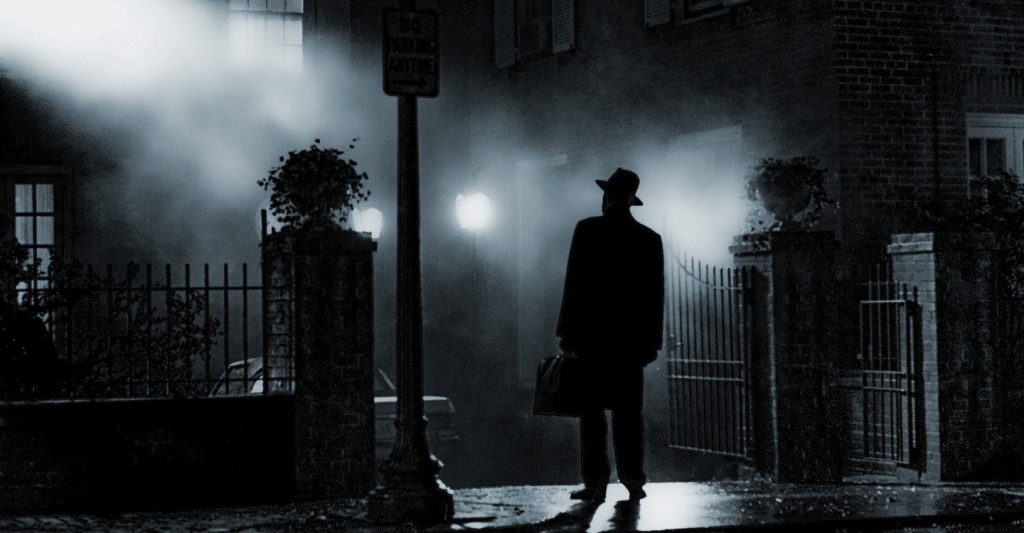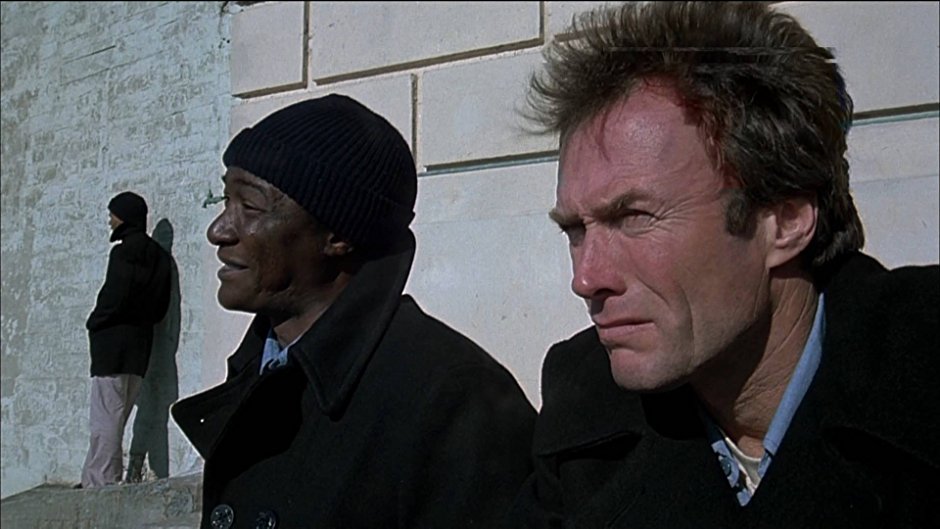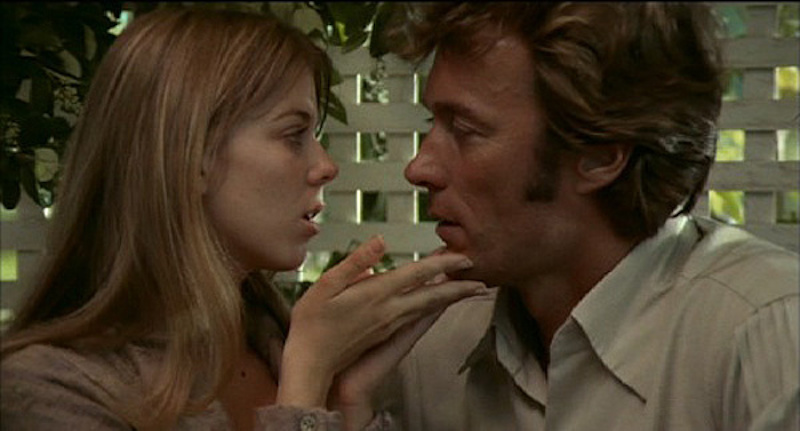Welcome to You Should Be Watching, my weekly opportunity to introduce you to a variety of great films, gems of the past and present, available for you to stream from Netflix, Amazon Prime, FilmStruck, and anywhere else streams are found.
STREAMING PICKS OF THE WEEK
The Exorcist
 — August 30 is last day to watch
— August 30 is last day to watch
Year: 1973
Director: William Friedkin
Genre: Horror, Drama, Thriller
Cast: Linda Blair, Max von Sydow, Ellen Burstyn, Jason Miller, Lee J. Cobb, Kitty Winn, William O’Malley, Jack MacGowran, Barton Heyman, Peter Masterson, Rudolf Schündler, Robert Symonds, Titos Vandis, Donna Mitchell, Robert Gerringer, Mercedes McCambridge, Eileen Dietz
Even if you’ve never seen The Exorcist, you’re probably familiar with its premise of a young girl named Regan finding her body the battleground between a powerful demon and the priests trying to exorcise it (Max von Sydow and Jason Miller). But what makes it so effective and worth seeing, even beyond William Friedkin’s masterful direction, is the grave authenticity William Blatty’s script provides to its subject matter, without so much as a wink at the camera, and the characters caught up in it.
Ellen Burstyn is a mother on a desperate search for answers to her daughter’s ever-worsening condition. Linda Blair is her daughter Regan, who having played with a Ouija board now finds herself host to the worst kind of guest. Regan’s increasingly disturbing state of body and mind is all the more shocking given her cuteness and sweet disposition at the start.
The film invites deep thought and discussion of the spiritual world, from the nature of faith to God’s providence and sovereignty to questions about the impact of physical and mental health versus that of angels and demons and where the two diverge. As badly as the doctors want Regan’s problem to be something they can physically see in the brain or have treated as a mental health issue, the evidence grows increasingly undeniable that the cause is supernatural.
Escape from Alcatraz


 — August 30 is last day to watch
— August 30 is last day to watch
Year: 1979
Director: Don Siegel
Genre: Biography, Crime, Drama
Cast: Clint Eastwood, Patrick McGoohan, Roberts Blossom, Jack Thibeau, Fred Ward, Paul Benjamin, Larry Hankin, Bruce M. Fischer, Frank Ronzio, Fred Stuthman, David Cryer Hank Brandt, Ray K. Goman, Blair Burrows
Escape from Alcatraz details the most famous prison break in American history. While both the film and the real life escape involved several inmates, the vast majority of the film’s focus is on Frank Morris, played by Clint Eastwood. Most of the character and emotional beats are seen through his eyes. It’s a fascinating exploration into the problem solving process and the risks needing to be taken for people to escape an inescapable prison.
But the film doesn’t work unless the audience cares to some extent about Frank and his accomplices. To this end, J. Campbell Bruce’s script provides very few details about the crimes that sent these convicts to the island prison. Instead, we see men trapped in cages and dehumanized by a hard warden (Patrick McGoohan), who prevents them at a whim from having niceties that would make their incarceration at least palatable. Once the audience feels sympathizes with the prisoners for being treated unfairly in a hopeless situation, it’s easy to be sucked into the means of their escape and want them to succeed. Clint himself is a big part of that as well with his no-nonsense motivated yet compassionate manner.
My Left Foot: The Story of Christy Brown
 — August 31 is last day to watch
— August 31 is last day to watch
Year: 1989
Director: Jim Sheridan
Genre: Biography, Drama
Cast: Daniel Day-Lewis, Brenda Fricker, Alison Whelan, Declan Croghan, Eanna MacLiam, Marie Conmee, Kirsten Sheridan, Cyril Cusack, Phelim Drew, Ruth McCabe, Fiona Shaw, Ray McAnally, Pat Laffan, Derry Power
Christy Brown was an Irishman born into extreme poverty and having a severe case of cerebral palsy that even as an adult left him unable to control any part of his body but his left foot. Daniel Day-Lewis’ portrayal of the adult Christy is one more example for why the now retired actor is one of the most acclaimed in film history. His chameleon-like level and skill of intense physical acting is nothing short of astonishing. It’s difficult to believe the man on the screen doesn’t have cerebral palsy himself. Christy goes through a wide range of capabilities and emotional states, and Lewis nails them all. Even the child who played young Christy was remarkable in his short screen time.
It’s heartwarming to see that despite all of his trouble interacting with the world around him, Christy always had friends, siblings, and especially his mother support him, especially since his father is so dismissive of him most of his life. However, this film is not about them and so they do not receive a lot of development in the script. The focus throughout is on the struggle and triumph of being Christy Brown.
COMING AND GOING
LAST CHANCE (last date to watch)
NETFLIX
August 24
The Road (2009)
August 25
Gangs of New York (2002)
Night Will Fall (2014)
August 26
White God (2014)
August 27
Ernest & Celestine (2012)
Wrinkles (2011)
August 29
Destiny (1921)
August 31
Batman Begins (2005)
Casino (1995)
The Dark Knight (2008)
Dead Poets Society (1989)
The Descent (2005)
Eternal Sunshine of the Spotless Mind (2004)
Ghostbusters (1984)
Hachi: A Dog’s Tale (2009)
It Might Get Loud (2008)
Man on Wire (2008)
Wet Hot American Summer (2001)
September 4
To The Wonder (2012)
AMAZON PRIME
August 23
10 Cloverfield Lane (2016)
August 24
Captain Fantastic (2016)
August 29
Dirty Dancing (1987)
August 30
The ’Burbs (1989)
Boy (2010)
Breathing (2011)
A Bullet for the General (1966)
Companeros (1970)
Computer Chess (2013)
David and Lisa (1962)
Deep Red (1975)
Django (1966)
Escape from Alcatraz (1979)
Event Horizon (1997)
Keoma (1976)
The Last Waltz (1978)
Opera (1987)
The Return of Ringo (1965)
The Running Man (1987)
Sweeney Todd: The Demon Barber of Fleet Street (2007)
August 31
Anthropoid (2016)
The Big Racket (1976)
Blazing Saddles (1974)
Capote (2005)
Dead Man Walking (1995)
Death at a Funeral (2007)
A Fistful Of Dynamite (1971)
The Flowers of War (2011)
The Hurt Locker (2008)
Inferno (1980)
The Natural (1984)
Raging Bull (1980)
Red River (1948)
Stories We Tell (2012)
Training Day (2001)
Trees Lounge (1996)
FILMSTRUCK
August 24
Act of Violence (1949)
Boy (2010)
Casablanca (1942)
The Freshman (1925)
From Here to Eternity (1953)
Get Carter (1971)
The Little Foxes (1941)
A Man for All Seasons (1966)
Mildred Pierce (1945)
Nine Queens (2000)
Now, Voyager (1942)
The Producers (1967)
Stella Dallas (1937)
Swing Time (1936)
Top Hat (1935)
What Ever Happened to Baby Jane? (1962)
August 31
Badlands (1973)
Bonnie and Clyde (1967)
Diary of a Lost Girl (1929)
The Exorcist (1973)
Gun Crazy (1950)
Hedwig and the Angry Inch (2001)
Kameradschaft (1931)
Reservoir Dogs (1992)
The Searchers (1956)
They Live by Night (1948)
Tootsie (1982)
Westfront 1918 (1930)
You Only Live Once (1937)
HULU
August 31
Across the Universe (2007)
A Beautiful Mind (2001)
The ’Burbs (1989)
Clue (1985)
Dead Man Walking (1995)
Escape from Alcatraz (1979)
Event Horizon (1997)
Hellboy (2004)
My Left Foot: The Story of Christy Brown (1989)
Primal Fear (1996)
Rain Man (1988)
Sweeney Todd: The Demon Barber of Fleet Street (2007)
Trainspotting (1996)
JUST ARRIVED
NETFLIX
Peter Rabbit (2018)
The Motive – NETFLIX FILM (2017)
To All The Boys I’ve Loved Before – NETFLIX FILM (2018)
AMAZON PRIME
Unsane (2018)
FILMSTRUCK
My Brilliant Career (1979)
On Golden Pond (1981)
The Postman Always Rings Twice (1946)
HULU
A Ciambra (2017)
Jiro Dreams of Sushi (2011)
Minding the Gap — HULU DOCUMENTARY (2018)
Role Models (2008)
COMING THIS WEEK
NETFLIX
August 24
The After Party — NETFLIX FILM (2018)
AMAZON PRIME
August 26
mother! (2017)
HULU
August 26
Gangs of New York (2002)
mother! (2017)
 Jacob Neff is a film enthusiast living east of Sacramento. In addition to his contributions as an admin of the Feelin’ Film Facebook group and website, he is an active participant in the Letterboxd community, where his film reviews can be found. Follow him on Facebook and Twitter to keep up with his latest thoughts and shared content.
Jacob Neff is a film enthusiast living east of Sacramento. In addition to his contributions as an admin of the Feelin’ Film Facebook group and website, he is an active participant in the Letterboxd community, where his film reviews can be found. Follow him on Facebook and Twitter to keep up with his latest thoughts and shared content.







 Reed Lackey is based in Los Angeles, where he writes and podcasts about film and faith. His primary work is featured on the More Than One Lesson website and podcast, as well as his primary podcast,
Reed Lackey is based in Los Angeles, where he writes and podcasts about film and faith. His primary work is featured on the More Than One Lesson website and podcast, as well as his primary podcast, 

